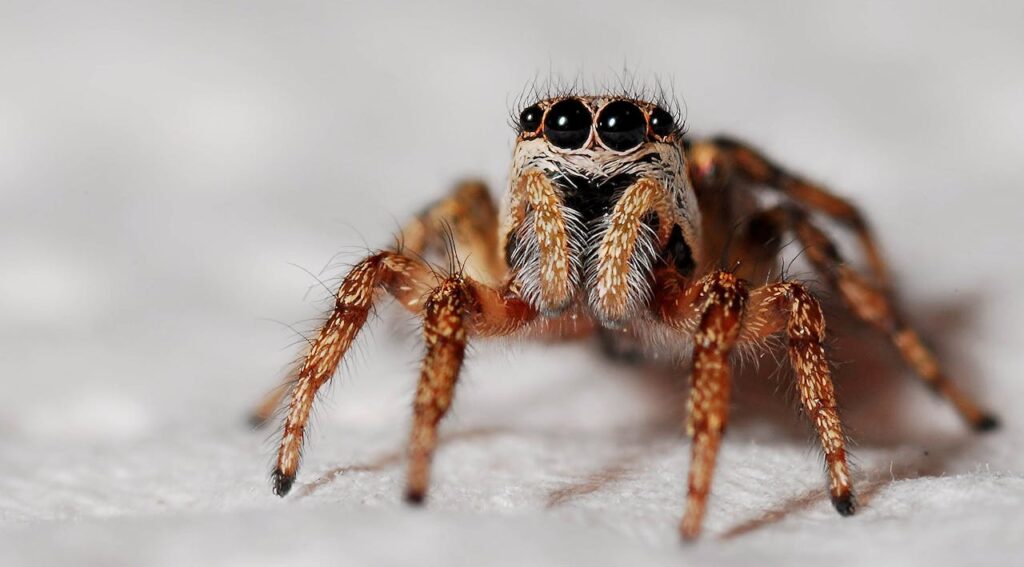Have you ever looked up in your house and noticed a spider lounging in a carefully built web waiting for its next meal? Have you jumped at the sight of a spider crawling on your arm? If the answer to these questions is a resounding “Yes”, then you are in urgent need of effective strategies to control the spider infestation in your home. This bumper guide will give you all the information you need to make your house a “No Spider Zone”.
Understand Your “Enemy”
Before we delve into the solutions, it’s always a good idea to understand the cause of the problem in detail. Not all spiders are harmful or deadly. In fact, some can be helpful as they feed on other pests like mosquitoes and flies. However, an uncontrollable number of spiders in and around the house can be unsettling and it is often a sign of a larger pest problem.
Different Types of Spiders
There are over 35,000 known types of spiders in the world, but only a handful of them find their way into our homes. You have to differentiate between harmless and harmful spiders. Some of the common household spiders include:
- Cellar spiders also known as “daddy longlegs”. They feed on small, flying insects and build their cobwebs in corners, basements and attics.
- Brown recluse spiders, which can be harmful if they bite you. They prefer hiding in undisturbed and secluded spaces.
- Black widow spiders are generally easy to identify by the hourglass design on their abdomen. Their bite can be harmful too.
- House spiders are generally harmless and can be found making cobwebs around windows, storage rooms, and basements.
How do You Know You Have a Spider Problem
Now you know some of the spiders that may be lurking in the corners of your home. But how exactly can you tell if you have a spider infestation apart from just seeing these eight-legged beings? Here are a few tell-tale signs:
- Frequent sightings of spiders: The occasional spider is not much to worry about. However, if you see them regularly, it can be an indication of an infestation.
- Finding webs: Spiders love creating webs in secluded, rarely disturbed areas like behind furniture, high up in the corners of the room, or even in your garage.
- Seeing egg sacs: These are spherical, silky balls where female spiders lay their eggs. Finding these can mean a potential growth in the spider population.
Effective Methods to Control Spider Infestation
Now we get to the meat of the discussion: How to control spider infestation. The methods range from simple to complex, preventive to reactive. Let’s go through them one by one:
1. Keep Your House Clean
Regular cleaning is the easiest and one of the most effective ways to keep spiders at bay. As mentioned earlier, spiders love undisturbed areas so regular dusting, vacuuming, and decluttering can deny them such spaces.
Specifics of Cleaning
- Frequent dusting: Dust and clean your house frequently especially the corners.
- Remove webs: Remove any spider webs that you come across.
- Deweb exterior areas: Regularly clean your patios, balcony, storage sheds, or any other area where spiders can lurk.
2. Use Natural Spider Repellents
You can repel spiders naturally without causing them harm. Some natural repellents include essential oils such as peppermint, tea tree and lavender. These can be sprayed in areas where you suspect spider activities.
How to Use Natural Repellents
- Mix about 20 drops of essential oil with a cup of water.
- Pour the mixture into a spray bottle.
- Spray around suspected spider-infested areas and other places they can enter from like doors and windows.
3. Inspect and Seal Your House
Inspect your property for cracks and crevices and seal them. Also, check your doors and windows to ensure there are no gaps or cracks.
How Do You Inspect Your House
- Carry out a detailed examination of your entire property.
- Pay special attention to wall junctions and where utilities enter your home.
- Make sure your doors and windows are well fitted and seal any gaps.
4. Employ Insecticides
This should be the last resort when all other methods have failed because most insecticides contain harmful chemicals. You can employ the services of a professional pest control service to handle this part.
Remember that controlling spider infestation is two-fold, you need to first handle current infestation and then put measures to prevent future influx. With daily cleaning routines, natural repellents, and regular professional pest control services, you can keep spiders away effectively.
In conclusion, whether you are trying to protect your family, your peace of mind or both, this guide has given you the knowledge necessary to combat any spider infestation in your home. Now that you know, ensure that you carry out these methods or hire a professional to help you out. In no time, you will have a spider-free home and be at peace once again. Remember, a clean home is a spider-free home!

